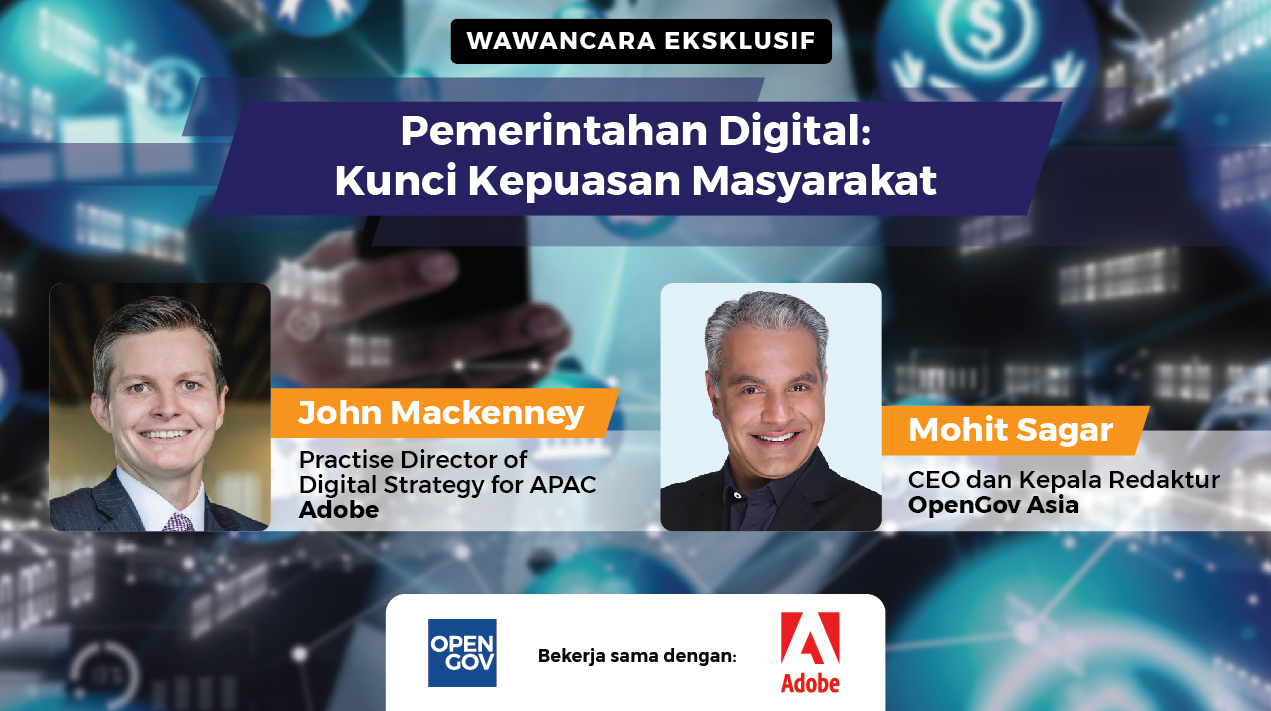
Asia continues to lead global economic growth, but it has also come at the expense of socio-economic
challenges arising from rapid urbanization which is putting a strain on support
systems and existing infrastructures. Nevertheless, these challenges are creating
enormous opportunities
in new communication technologies that can drastically change or save lives,
driven by connectivity, sensors, devices and analytics that are especially critical
to public safety services.
Asia’s demographic
shift is pushing public safety higher up the agenda of governments. With the region’s increasing vulnerability to
natural disasters, complex emergencies and security threats, the requirements
for high bandwidth, low latency and reliability in public safety networks for
quicker response times has never been more critical.
The public safety community – fire services, police,
ambulances – has long called for mobile broadband to
support its mission to save lives. But multiple networks that are needed
to manage mission and business critical services require faster and more
reliable broadband technology like LTE,especially
with increasing congestion in the applications space.
Nokia recently
conducted a study to examine the readiness of LTE-based public safety services
in five Asian countries – Bangladesh, Indonesia, Japan, Thailand and Vietnam – outlining
gaps and best practices to guide industry players, government and policy-makers
in accelerating the digitalization of networks.
Importantly,
the results have revealed barriers that are hindering the adoption of broadband-based
public safety networks in these countries – ranging from complex ecosystems to inadequate budgets and a lack of consensus among stakeholders. While these
countries are at different stages of broadband adoption, the study found that there
is an urgent need to enhance public safety capabilities and capacities to cope
with new threats, and to improve emergency services.
Let’s take a
look at a snapshot of the current state of broadband adoption in these
countries based on the study, as well as opportunities.
Bangladesh
Bangladesh’s public
safety ecosystem is at an emergent stage as commercial LTE networks have yet to
be launched. While rudimentary trunked radio solutions have been deployed, they
are not widely used as public safety agencies in the country rely primarily on
commercial cellular services for their critical communication needs.
Bangladesh has
tremendous challenges with natural and man-made disasters, and limited capacity
to cope with. This means that there are opportunities to tap on LTE-based
critical communications for broader risk management and emergency response
capabilities.
Indonesia
The sentiment
and opportunities for LTE-based critical communications in Indonesia are expected
to improve greatly over the next five years, buoyed by a variety of factors,
including radio spectrum availability and the push for LTE-based critical
communications by Tier-1 mobile operators.
Theupcoming major sporting event and responder
agencies dealing with high risks of natural disasters could benefit from the
use of LTE-based critical communications. Moreover, the acceleration of 700MHz
harmonization would enable mobile operators to deploy large-scale LTE-based
critical communications. Mobile operators can then further monetize this by
expanding into adjacent, mission critical applications.
Japan
Japan has been
subject to frequent natural disasters in the past, and it is not surprising
that the study showed continuous investments by mobile operators to ‘harden’
network infrastructure. Current PMR (Professional Mobile Radio) systems in
Japan were also designed for voice and low-data communication with local
proprietary techniques.
A dedicated
3GPP LTE spectrum for public safety should be taken into consideration to
benefit from the global harmonized technology. Major international events will be
good platforms for stakeholders to showcase feature-rich broadband-based public
safety solutions.
Thailand
Thailand has a
mature public safety ecosystem in place, with dedicated Public Protection and
Disaster Relief (PPDR) spectrum allocated and strong commitment from telco
operators and end-users. The country also has several strong market triggers
that are driving the adoption of LTE-based critical communications, such as the
presidential elections slated for 2018 and the recent rise in domestic
conflicts.
Since the
country has now allocated spectrum for broadband PPDR, the use of LTE could
also be expanded into other vertical markets that require complementary business
and mission critical services.
Vietnam
Vietnam’s
public safety ecosystem is still developing with commercial LTE in nascent
stages. The market is expected to see more traction with spectrum re-farming
and harmonizing activities, as well as the regulator’s strong support for LTE
services. There have been no public announcements on the allocation of
dedicated PPDR spectrum to date.
The benefits of
LTE-based critical communications in reducing the risks and improving the
response for natural and man-made disasters, as well as the favorable
conditions for PPDR services should be promoted in Vietnam. Innovations such as
Emergency Medical Services should also be capitalized to underline the value
that public safety LTE brings to this market.
Multi-stakeholder responsibility
While there is
no one-size-fits-all approach to public safety solutions, clearly all
stakeholders need to play their part – from governments to vendors, operators
and service providers – in improving public safety capabilities. The responsibility
ultimately lies with the government to put in a sense of urgency as it directly
impacts how effective agencies can be in the field when responding to
emergencies.
While public safety agencies and
organizations have already started planning to evolve their networks to
LTE-based public safety solutions, we need to do more to overcome rising socio-economic
challenges.
The
digitalization of public safety networks will continue to be a government
priority as it demands for accurate and critical information in real-time and
across jurisdictional boundaries. The possibilities are there, but we need to do more to accelerate a digital
future across emerging and developed countries in Asia. We are on the cusp of a revolution that is changing
the way we live and work, so we must strive for innovation and narrow the
digital divide for a much safer environment for communities.





















